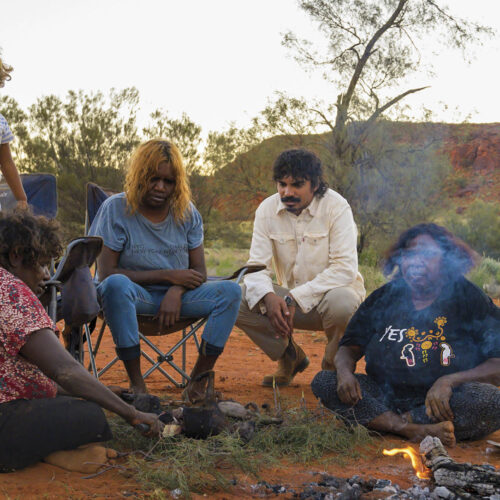CSIRO climate analogue website
2015-04-19T04:04:03+10:00
What might your local climate be in 2030, 2050, 2090? asks PENNY WOODWARD
I live near Melbourne. In 2030 using only an intermediate model scenario, Melbourne’s climate could more closely resemble the inland town of Bendigo, or Naracoorte in South Australia. If you take it out to 2050 then it could be more like the current climate in Shepparton, or Young in New South Wales.
This is all according to a new website developed by the CSIRO that shows us Climate Analogues for more than 400 towns and cities in Australia. So no matter where you live there will be a town near you that will be modelled on this website. Under the same emissions scenario Sydney will be more like Port Macquarie, or Harvey in WA, and Perth could have the climate of Ballarat or Tamworth.
These are all under a low emissions scenario with minimum temperature changes because we have acted and CO2 emissions are under control from 2020. If you go for a more likely and extreme emissions scenario where emissions have not stabilised, then by 2090, Melbourne’s climate is more likely to resemble Dubbo’s in NSW.
In their article about the new website and the connected climate modelling Leanne Webb and Penny Whetton from CSIRO say that “Projections for rainfall vary across the Australian continent, where southern areas are expected to get drier, while for northern areas rainfall may increase, decrease or remain the same in future. The magnitude of rainfall change is larger, later in the century for high emissions.”
Its a complicated business and can be hard to understand the premises used, but it is well worth looking at the CSIRO site here but perhaps start with an excellent explanation on The Conversation website. The authors caution us that there are some things these models can’t tell us such as, “frost days, solar radiation, soils and other local climate influences.” Although they add that “they can help us to start to imagine what the future can look like.”
It emphasises to me, yet again, the absolute importance of doing everything we can to ameliorate climate change, and in the meantime to expect the unexpected!






